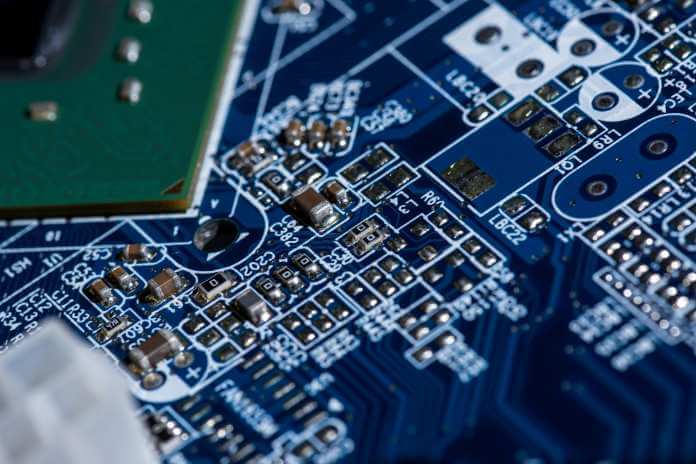Intel Corporation (NASDAQ:INTC) recently experienced a notable selloff following its announcement of significant losses in its foundry business. This development left investors disappointed and raised concerns about the company’s future trajectory. Bernstein analysts even expressed skepticism, suggesting that there’s “nothing to get excited about until 2030.” However, amidst these challenges, Intel is embarking on a strategic transformation with a focus on becoming a leading defense contractor for the U.S. and its allies, a move that aligns with ongoing geopolitical tensions.
Intel’s Transformation and Defense Ambitions
Intel’s transformation strategy includes ambitious goals such as achieving profitability by 2030 and improving operating margins through its foundry initiative. The company aims to capitalize on the increasing demand for semiconductor technologies in defense applications, particularly amid escalating trade tensions between major global powers. With Janet Yellen’s recent visit to China to address trade concerns, Intel’s pivot toward defense contracting seems timely and strategically prudent.
Analyzing Intel’s Path to Profitability
Despite facing a $7 billion loss in its foundry business, Intel remains optimistic about its long-term prospects. The company anticipates a reversal in fortunes starting in 2025, with profitability targeted by 2030. Key to this transformation is Intel’s foundry initiative, which aims to drive significant earnings growth over time. By leveraging advanced packaging technologies and focusing on key markets such as AI, Intel seeks to enhance its revenue streams and achieve higher operating margins.
Comparison with TSMC: Valuation and Geopolitical Factors
In comparing Intel with its main competitor, Taiwan Semiconductor Manufacturing Company Limited (NYSE:TSM), several factors come into play. While Intel may appear relatively expensive based on metrics like forward P/E ratio, its valuation becomes more compelling when considering factors such as cash flow and price-to-book ratio. Moreover, geopolitical tensions between China and the U.S., coupled with Intel’s strategic shift towards defense contracting, could further influence investor sentiment and market dynamics.
Growing Significance of Defense Contracting
The semiconductor industry is witnessing a paradigm shift, with defense contracting emerging as a crucial growth area. As technology continues to play a pivotal role in modern warfare, semiconductor companies like Intel are positioning themselves to capitalize on this trend. With substantial support from the U.S. government, including significant investments and tax exemptions, Intel stands to benefit from its strategic alignment with national security interests.
Risks and Opportunities for Intel’s Strategic Pivot
While Intel’s pivot towards defense contracting offers promising opportunities, it is not without risks. Geopolitical tensions, market fluctuations, and technological challenges pose potential obstacles to Intel’s ambitious objectives. However, with a strong balance sheet and a clear roadmap for profitability, Intel remains well-positioned to navigate these challenges and capitalize on the evolving landscape of the semiconductor industry.
Conclusion
Intel Corporation presents an intriguing investment opportunity, particularly for investors with a long-term perspective. While the road ahead may be fraught with uncertainties, Intel’s strategic pivot toward defense contracting underscores its resilience and adaptability in a rapidly changing global environment. As the company progresses towards its profitability targets, investors may find compelling value in Intel’s stock, with the potential for substantial upside in the years to come.
Featured Image: Freepik















